Self-learning algos could help farmers diagnose plant diseases and damages instantaneously
An application based on artificial intelligence and machine learning developed by a bunch of young Germans fresh out of university could disrupt call centres providing ‘agvisory’ services and perhaps even enhance them. But first let me take you to one such call centre set up by a multinational corporation which is in the seeds and weedicide business.
It is mid-morning. Lalan’s tomato crop has been afflicted by early blight. The farmer from Madhya Pradesh’s Satna district calls a number. It is picked up by an adviser at a highrise in Malad, a Mumbai suburb. Lalan complains he has applied copper oxychloride without effect. The adviser asks him whether he has sprayed the plant on both sides. He suggests mancozeb, a fungicide, instead. The farmer says the fix is effective but not available. Try chlorothalonil, the adviser tell him. "I can spell it out for you or you can call me from the shop," he offers. He advises Lalan to be quick about it because blight is contagious.
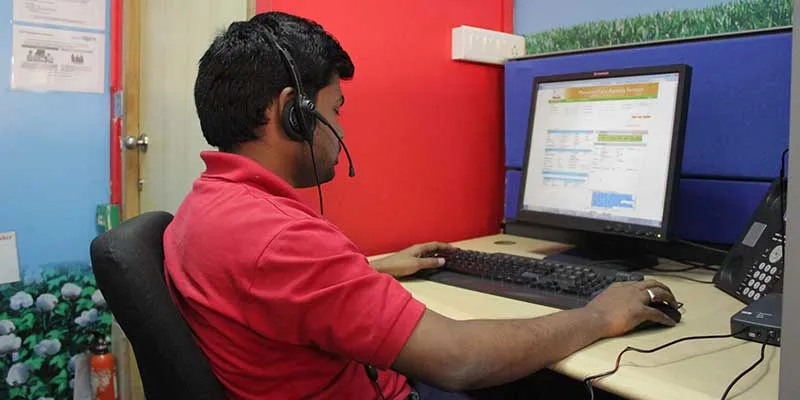
Lalan had called before, so the screen prompts his details. The tomato crop is 44 days old. Lalan is advised to spray calcium nitrate to initiate flowering and also give bamboo supports to the plants.
The agent is Pravin Mane, a graduate of agricultural sciences. He has been at the job for three years. On the day of the visit, there were 30 of them on the phones out of a total of 42.
A farmer from Nalajhar village in Chhattisgarh’s Bastar district is next on the line. He calls about 'Sardar' brand tomato seeds. Mane says he cannot advice on non-company brands.
Jethuram Markham wants to know why the leaves of his maize crop are reddening. ‘Phosphorous deficiency,’ Mane tells him and prescribes a foliar spray.
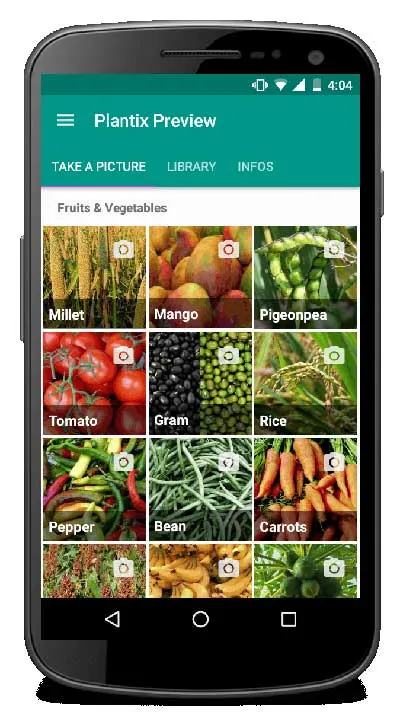
In the tough marketplace of the seeds business, companies realise that they can retain a lead over rivals only if the technology they have embedded in seeds is translated into yields in farmers’ fields. The technology development manager, who has set up the ‘agvisory,’ says the company will succeed only if farmers succeed.
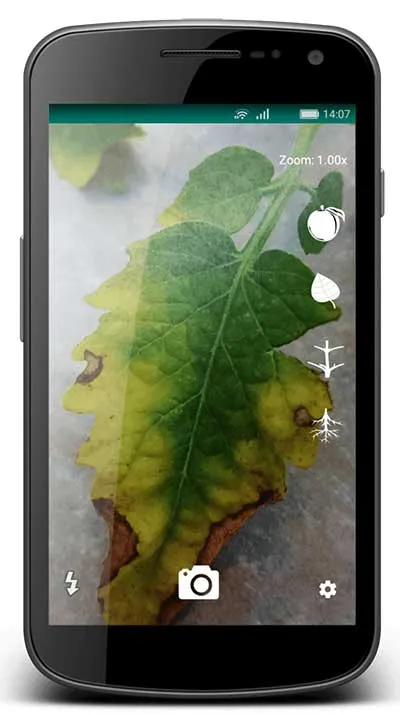
The service had been accessed by four million farmers since 2010, without advertising, just on the basis of word of mouth. That attests to the credibility of the service. "The backend advisory tool we have developed is the Bible on corn," said the India-region CEO. The value of the advisory depends on how relevant it is to farmers.
But such kind of services are likely to be disrupted ─ or enhanced ─ by an app called Plantix.net developed by seven Germans who are just out of University of Hannover. By uploading photographs of plant damage, one can get to know the cause and the likely remedy. Currently some Indian agricultural universities offer such remote diagnostic services but they rely on experts. Plantix is unique in that it deploys self-learning algorithms to detect and recognise optical patterns in photographs of plant damage caused by pests, diseases or nutrient deficiencies. ‘You can get the results in seconds,’ says Charlotte Schumann, one of the co-founders of the startup called Progressive Environmental & Agricultural Technologies (Peat), which was set up in 2015. She is a Ph.D in anthropology. Her colleague Alexander Kennepohl has specialized in geo-data management and plant pathology, while the Chief Technology Officer, Robert Strey is into artificial intelligence.
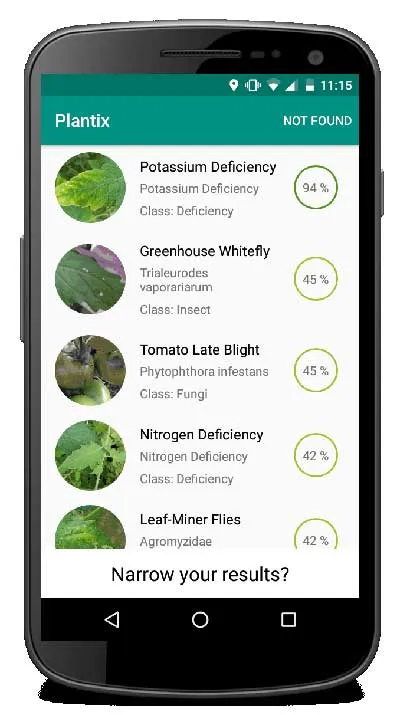
Plantix.net has a database of 60,000 pictures, says Alex. It can detect about 50 diseases. The target is to have a library of 200 diseases and deficiencies that would cover most of the afflictions of interest in the target geographies. There are about 2,000 users in India, "but what is 2,000?" asks Charlotte. They want more farmers to plug in as that would enrich the database.
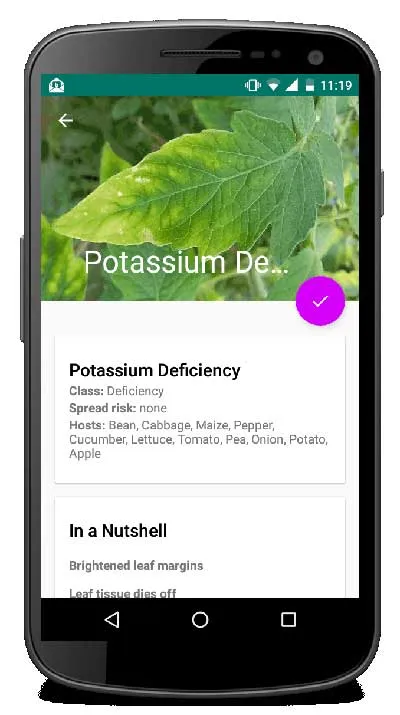
The startup is looking to collaborate with bright minds in India. It got a one-year grant from the German government and is now in the seed funding stage. A lot of VCs are interested, says Charlotte, "so we are in the good position of having to choose."
Mohan Kumar, a young agronomist of online grocer BigBasket who engages with farmers in Mysuru said the app is useful for field workers like him and also to farmers if they can handle Android phones. Based on photos uploaded, the app gives a list of probable causes, rated for relevance, but does not pinpoint any one.
This was also the observation of Sudhanshu Kumar, a large farmer of Nayanagar in Samastipur district. Kumar said he had sent pictures of damage to mango leaves. The app said the most likely causes were phosphorous deficiency, Anthracnose of papaya and mango and dieback disease. All of them got 42 percent rating. Kumar decided it was dieback disease. So the app requires prior knowledge. Kumar found the store picture facility helpful; it served as a record of diseases and pests in his farm. It also doubled up as a ready reckoner. Kumar also saw the app as a library of pest damage and diseases available at the finger tips. He could refer to it and clear doubts. But to make best use, farmers would have to send pictures correctly – with proper lighting, focus and resolution. Overall both were excited with the app. We also asked the head of the agvisory service alluded in this story (Monsanto) for feedback, but did not get a response.
(Disclaimer: The views and opinions expressed in this article are those of the author and do not necessarily reflect the views of YourStory.)







